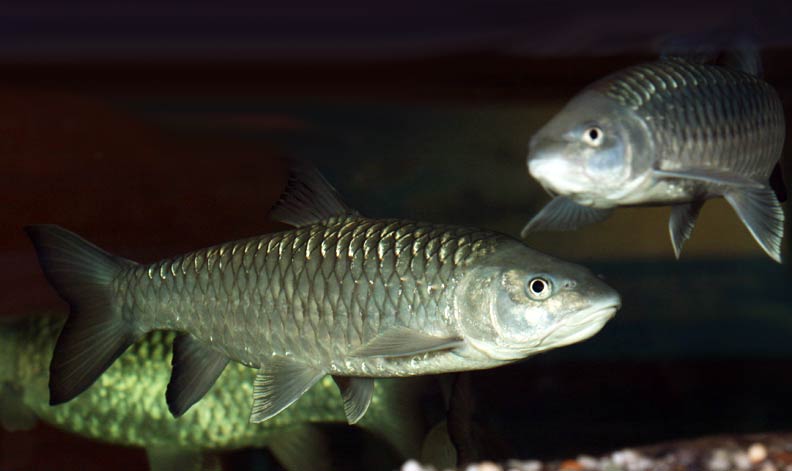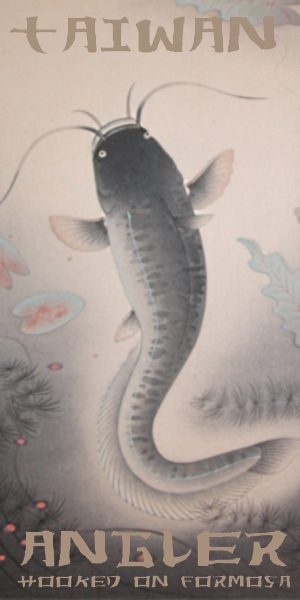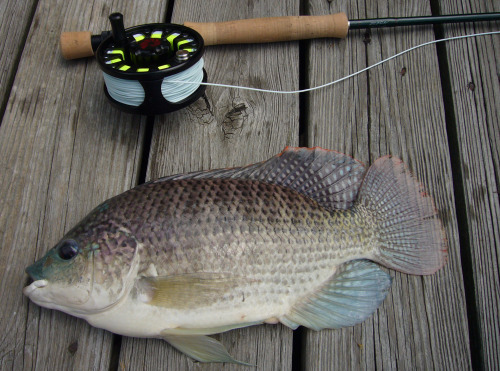Species Profile: Holland's Carp
 Thursday, December 16, 2010 at 3:58PM
Thursday, December 16, 2010 at 3:58PM Family: Cyprinidae
Scientific names: Spinibarbus hollandi
Common names: Holland’s carp Holland's carp. Photo by Taiwan East-Coast National Scenic Area.
Holland's carp. Photo by Taiwan East-Coast National Scenic Area.
Habitat: Running freshwater rivers and stream, with rocky or gravel bottoms.
Size range: Largest specimens can reach up to 60cm, but most caught are in the 20-30cm range.
Angling tactics: Since their primary food source is small fish and aquatic insects, most Holland’s carp are caught on artificial lures including spoons, spinners, solid plugs and soft baits (minnow imitations). The species is also a favorite among fly anglers who have success with nymphs, wet flies and small streamers.
Sleeker and more attractive than the typical carp, it almost seems a shame to call it a carp. The Holland’s bears a closer resemblance to it’s popular (among European anglers) Cyprinidae cousin, the barbel. Physically similar, the barbel and Holland’s carp belong to two different genus—spinibarbus and barbus. The Holland’s carp is distinguished by is large symmetrical scales that range in color from silver-grey to bright chrome edged by black crescent shapes. The fish’s triangular dorsal fin is also edged in black.
Found in southern China and parts of Southeast Asia, the Holland’s is a favorite among Taiwan anglers. A top predator, it is prized as a hard hitting and tough fighting river fish that fills a niche usually occupied by trout and other salmonids in less-tropical countries. The fish’s range extends to rivers on the southern and eastern sides of the island.
While specimens have been recorded up to 60cm, half that size is more common. Little information on the Holland’s, particularly with regard to angling, is available in English language literature. That included the origin of its curious common name. Rather than being a geographical reference, it most likely it refers to the biologist that first identified the species. Post a comment if you have additional information on the Holland’s carp.










